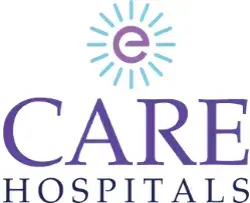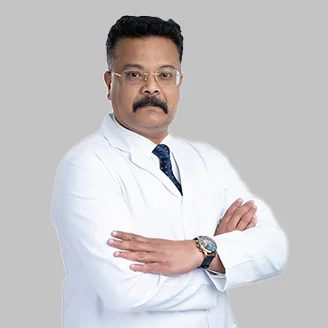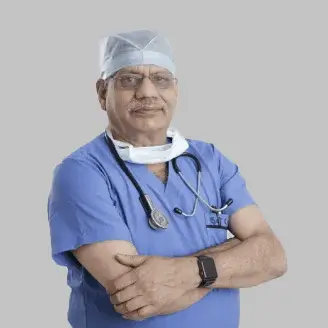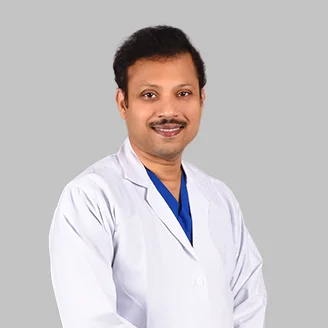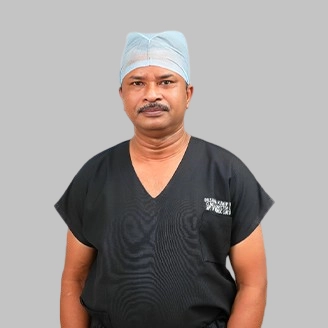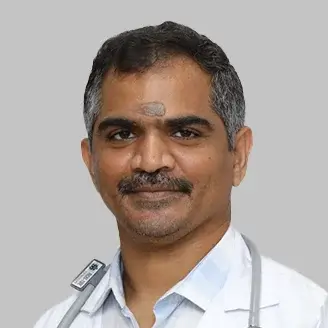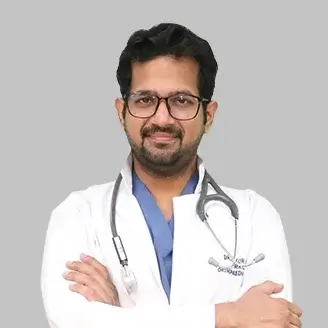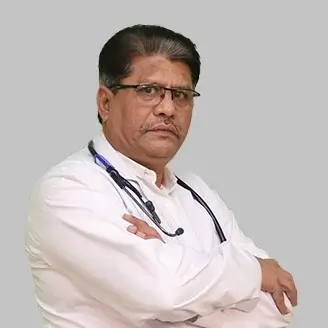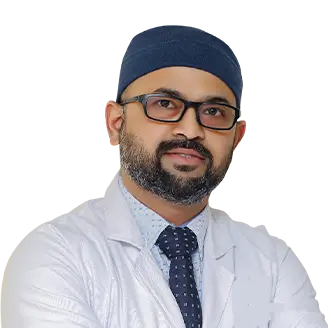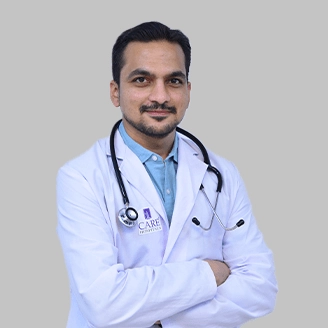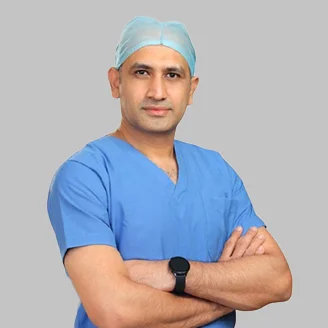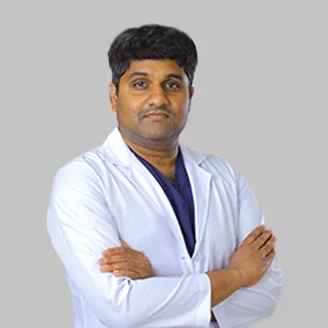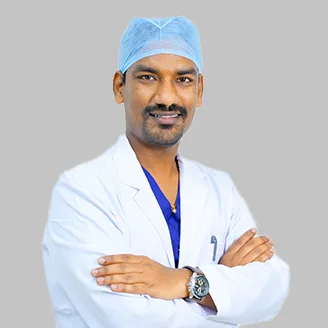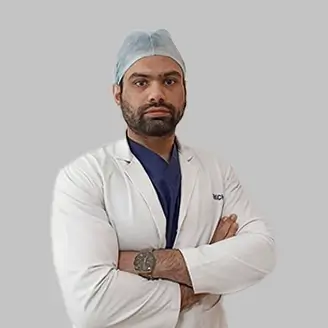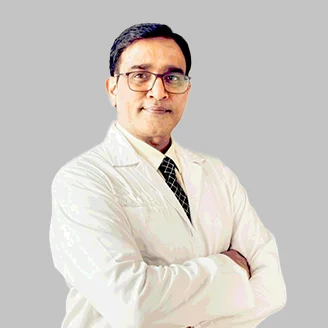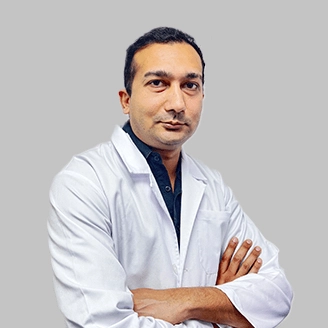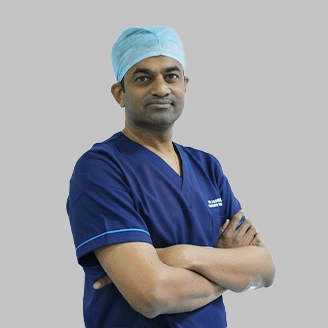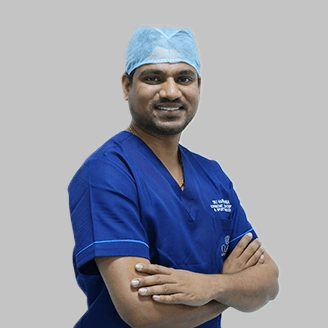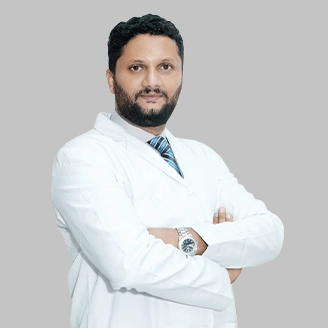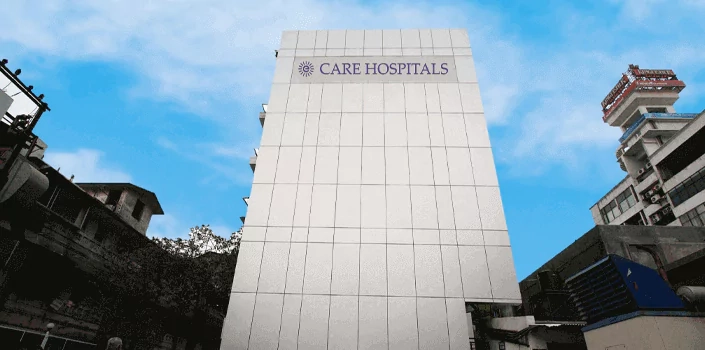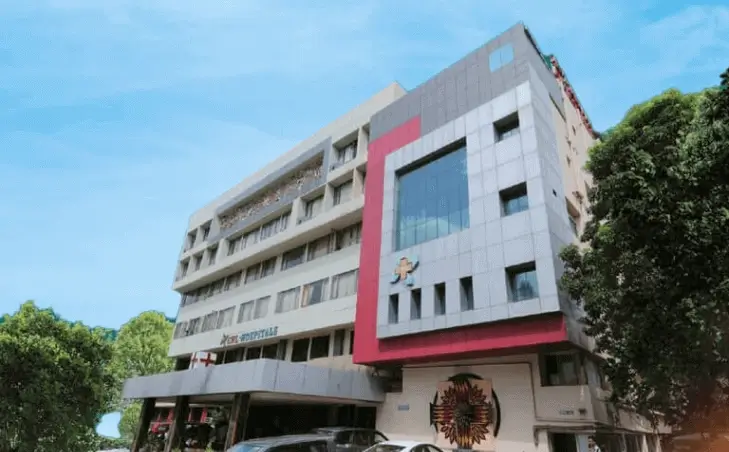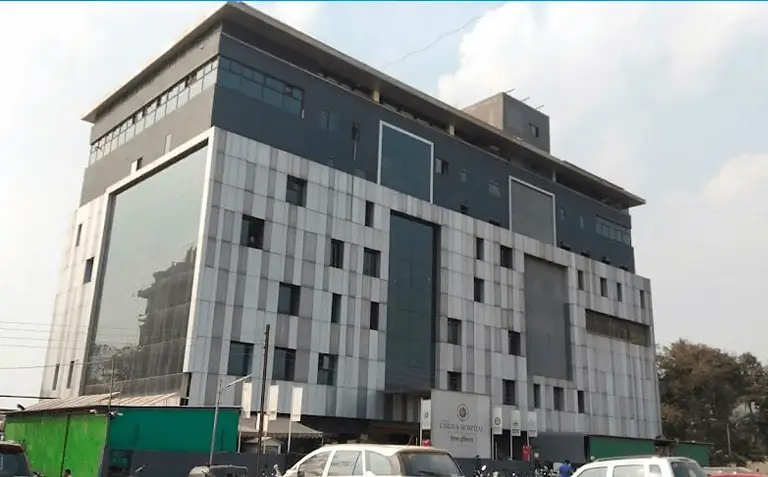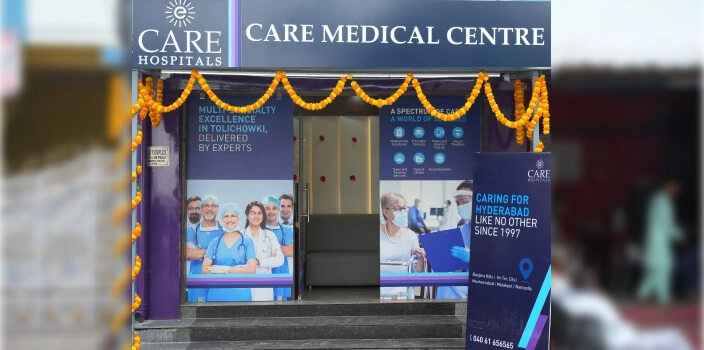-
Doctors
-
Specialities & Treatments
Centre of Excellence
Specialties
Treatments and Procedures
Hospitals & Directions HyderabadCARE Hospitals, Banjara Hills CARE Outpatient Centre, Banjara Hills CARE Hospitals, HITEC City CARE Hospitals, Nampally Gurunanak CARE Hospitals, Musheerabad CARE Hospitals Outpatient Centre, HITEC City CARE Hospitals, Malakpet
HyderabadCARE Hospitals, Banjara Hills CARE Outpatient Centre, Banjara Hills CARE Hospitals, HITEC City CARE Hospitals, Nampally Gurunanak CARE Hospitals, Musheerabad CARE Hospitals Outpatient Centre, HITEC City CARE Hospitals, Malakpet Raipur
Raipur
 Bhubaneswar
Bhubaneswar Visakhapatnam
Visakhapatnam
 Nagpur
Nagpur
 Indore
Indore
 Chh. Sambhajinagar
Chh. SambhajinagarClinics & Medical Centers
Book an AppointmentContact Us
Online Lab Reports
Book an Appointment
Consult Super-Specialist Doctors at CARE Hospitals

Best Hospitals for Shoulder Arthroscopy Surgery in Hyderabad
- Advanced Technology
- Shorter Hospital Stay
- Pre & Post-Operative Care
- All Insurance Accepted

Chat With Our Experts
Get second opinion on Whatsapp
25 lakhs+
Happy Patients
Experienced and
skilled surgeons
17
Health Care Facilities
Top most Referral Centre
for Complex Surgeries
Advanced Shoulder Arthroscopy
Shoulder arthroscopy has reshaped orthopaedic care since the 1970s. Today, it is the second most common orthopaedic surgical procedure after knee arthroscopy. This minimally invasive technique has completely changed the way doctors diagnose and treat shoulder conditions. Patients now see much better recovery times.
This complete guide shows you everything you need about shoulder arthroscopy surgery. You will learn about getting ready for surgery, what happens during the surgery, and what to expect during recovery.
Why CARE Hospitals is Your Top Choice for Shoulder Arthroscopy Surgery in Hyderabad
CARE Hospitals is Hyderabad's leading destination for shoulder arthroscopy surgery. The hospital combines exceptional surgical expertise with modern medical facilities. Their orthopaedic department excels at minimally invasive techniques and performs precise joint procedures through tiny incisions.
The surgical teams use innovative arthroscopic technology to thoroughly examine and treat shoulder conditions. Their operating rooms have advanced equipment. Specialised arthroscopes with miniature cameras and lighting systems provide crystal-clear views of joint structures.
CARE Hospitals stands out because of:
- Skilled orthopaedic surgical teams with rich experience in complex joint procedures
- Complete pre and post-operative care customised to each patient's needs
- A team-based approach with orthopaedic surgeons, physiotherapists, and pain management specialists
- Patient care that focuses on physical and emotional well-being
Best Shoulder Arthroscopy Surgery Doctors in India


Cutting-edge Surgical Innovations at CARE Hospital
CARE Hospitals uses innovative technology that has substantially improved shoulder arthroscopy procedures. Their surgical department's high-definition digital imaging systems give surgeons a better view of the shoulder joint.
Computer-assisted navigation systems showcase the hospital's steadfast dedication to surgical excellence. These innovative tools improve surgical precision and accuracy, especially during complex shoulder procedures. The operating theatres use intraoperative neuromonitoring equipment to protect surrounding nerves during surgery.
CARE Hospitals has adopted these innovations:
- Predictive analytics software to improve surgical planning
- Extended reality systems to improve surgical visualisation
- Advanced imaging techniques that provide live feedback
- Robotic-assisted surgical systems to enhance precision and surgical outcomes
Conditions for Shoulder Arthroscopy Surgery
Doctors suggest shoulder arthroscopy if non-surgical treatments such as physical therapy, medications, injections, and rest periods don't provide relief.
Shoulder arthroscopy treats many conditions that affect joint mobility and function:
- The procedure works best to fix rotator cuff injuries that damage muscles and tendons around the shoulder joint.
- Patients with unstable shoulders or frequent dislocations get great results from arthroscopic stabilisation techniques.
- If you have a frozen shoulder that limits movement due to stiff tissues, arthroscopic surgery helps release tight areas and restore mobility.
- Impingement syndrome (when rotator cuff tendons might get inflamed between shoulder bones, causing pain and movement limitation) responds well to arthroscopic treatment.
- Other conditions that need shoulder arthroscopy include:
- Biceps tendon injuries
- Bone spurs
- Osteoarthritis
- Rotator cuff tendinitis
- Chronic shoulder joint infections
- Loose body removal from the joint
Types of Shoulder Arthroscopy Surgery Procedures
Modern surgeons combine their expertise with advanced technology to perform many types of arthroscopy of shoulder procedures.
Rotator cuff repair remains the most common shoulder arthroscopic procedure. Surgeons use this technique to fix torn tendons and muscles around the shoulder joint. Patients with ongoing shoulder pain and limited mobility benefit significantly from this procedure.
Labral repair procedures fix tears in the cartilage ring surrounding the shoulder socket. The surgical team assesses the damage using specialised instruments through tiny incisions. They then repair or reattach the damaged labrum, which helps restore the shoulder's stability.
Arthroscopic stabilisation procedures give patients with chronic shoulder instability effective treatment options. These methods repair loose or damaged ligaments that lead to frequent shoulder dislocations. The surgical team uses an arthroscope positioned posteriorly and inferiorly to examine the joint structure carefully.
Additional arthroscopic procedures include:
- Subacromial decompression to treat shoulder impingement
- Biceps tenodesis for biceps tendon injuries
- Synovectomy to remove inflamed joint tissue
- Release of scar tissue and contractures
Know Your Procedure
A good preparation for shoulder arthroscopy will lead to better surgical outcomes. Patients who understand each phase of the procedure can better direct their treatment experience.
Pre-surgery Preparation
The path to successful shoulder arthroscopy starts weeks before the scheduled date. These include:
- Several diagnostic tests, such as blood tests, chest X-rays, and electrocardiograms
- Stopping certain medications, especially aspirin and NSAIDs, to avoid excessive bleeding during the surgery
- Stop herbal supplements ten days before surgery
- Quit smoking to boost post-operative healing
- Finish any pending dental work to prevent joint infections
- Get loose-fitting, button-up clothes ready
Shoulder Arthroscopy Surgical Procedure
The surgical team places patients in either a beach chair position or on their side. They clean the surgical area and make small buttonhole-sized cuts. These openings allow them to insert an arthroscope with a camera and specialised surgical instruments.
Here is what happens during the procedure:
- The team injects fluid to expand the joint space
- The doctor inserts the arthroscope for clear visualisation
- The doctor examines key structures like the biceps tendon, rotator cuff, and glenoid
- The doctor makes needed repairs using specialised instruments
- After the treatment, the doctor removes the instrument and closes the incision
Post-surgery Recovery
After shoulder arthroscopy, patients spend one to two hours in the recovery room with medical supervision. Depending on the specific procedure, recovery can take several weeks to months.
Your recovery plan will include:
- Ice packs for 10-20 minutes every 1-2 hours to control swelling
- A well-laid-out rehabilitation program with specific exercises
- Pain medication as prescribed
- The right shoulder arthroscopy position for sleeping, usually propped up in bed.
- Regular follow-up visits
Complete recovery usually takes six weeks or longer. This timeline changes based on each case and the complexity of the surgery. Your healthcare team will monitor your progress and adjust your rehabilitation plan when needed.
Risks and Complications
The most common shoulder arthroscopy complications include:
- Stiffness or arthrofibrosis
- Recurrent pain
- Wound complications
- Implant failure
- Nerve injuries
- Blood vessel damage
- Cartilage damage
Benefits of Shoulder Arthroscopy Surgery
The main benefits are:
- Patients can go home the same day
- Patients need less pain medication
- Hospital stays are shorter
- Joint stiffness after surgery is minimal
- Doctors can diagnose problems better
- This procedure works exceptionally well to treat shoulder conditions like rotator cuff problems, instability, and frozen shoulder.
- Success rates are consistently high. These impressive results happen because surgeons can fix multiple problems at once while keeping the shoulder's structure intact.
Insurance Assistance for shoulder arthroscopy Surgery
Patients should take these steps to maximise their insurance benefits:
- Verify specific coverage details with their provider
- Check applicable deductibles and copayments
- Understand exclusions or limitations
- Get pre-authorisation for the procedure
- Review coverage for pre-existing conditions
CARE Hospitals has dedicated insurance teams that help patients through the claim process.
Second Opinion for Shoulder Arthroscopy Surgery
A second opinion for shoulder arthroscopy surgery enables patients to make better decisions about their treatment.
You might need another professional opinion in these cases:
- Surgery seems like the only choice without any non-surgical options explained
- The need for surgery isn't clearly explained
- Your doctor recommends open surgery instead of arthroscopic methods
- Your previous surgery didn't work, and you need more procedures
- You are not sure about your diagnosis or treatment plan
Conclusion
Shoulder arthroscopy has proven to be an effective surgical solution for shoulder conditions of all types. Patients choose this procedure because it offers high success rates, quick recovery, and leaves minimal scarring.
CARE Hospitals achieves remarkable results through skilled surgical teams and state-of-the-art facilities. Their integrated approach combines surgical excellence with dedicated post-operative care, helping patients achieve the best possible outcomes.
Shoulder Arthroscopy Surgery Hospitals in India
-
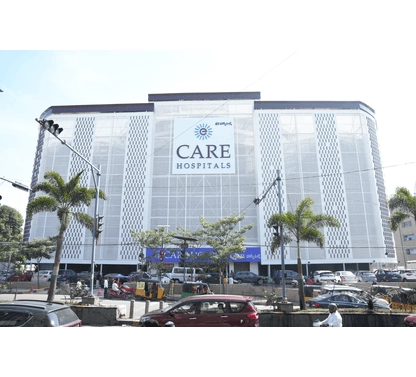
CARE Hospitals, Banjara Hills, Hyderabad
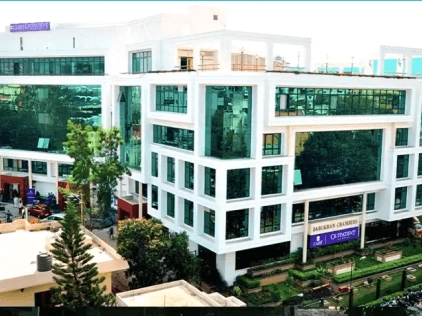
CARE Hospitals Outpatient Centre, Banjara Hills, Hyderabad
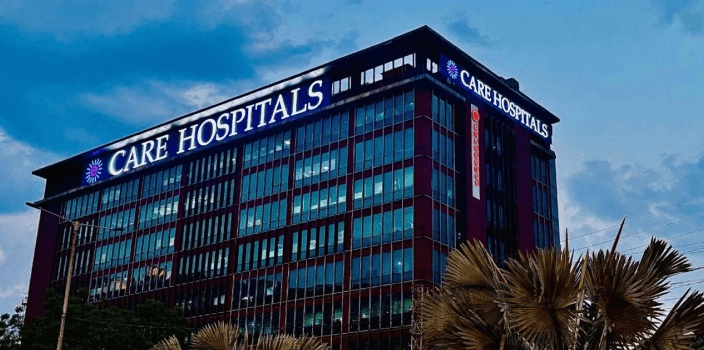
CARE Hospitals, HITEC City, Hyderabad
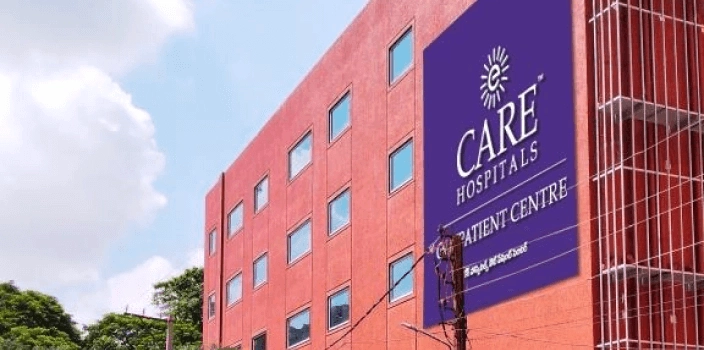
CARE Hospitals Outpatient Centre, HITEC City, Hyderabad
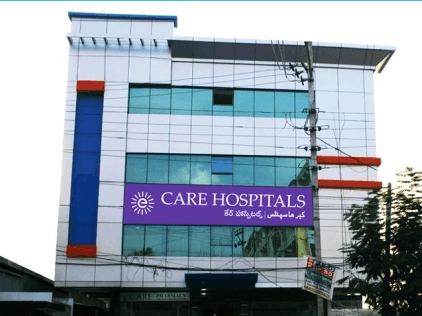
Gurunanak CARE Hospitals, Musheerabad, Hyderabad
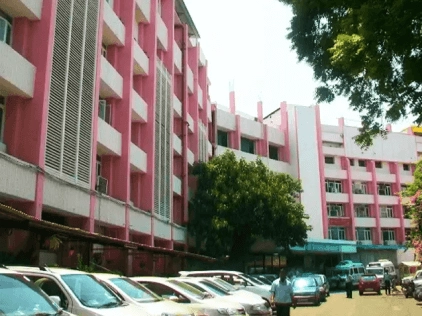
CARE Hospitals, Nampally, Hyderabad
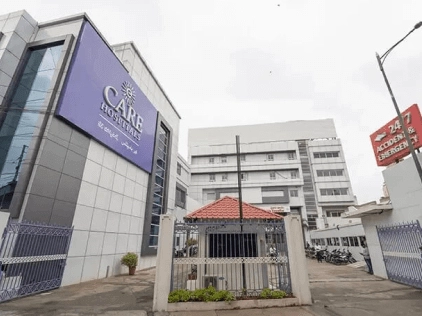
CARE Hospitals, Malakpet, Hyderabad
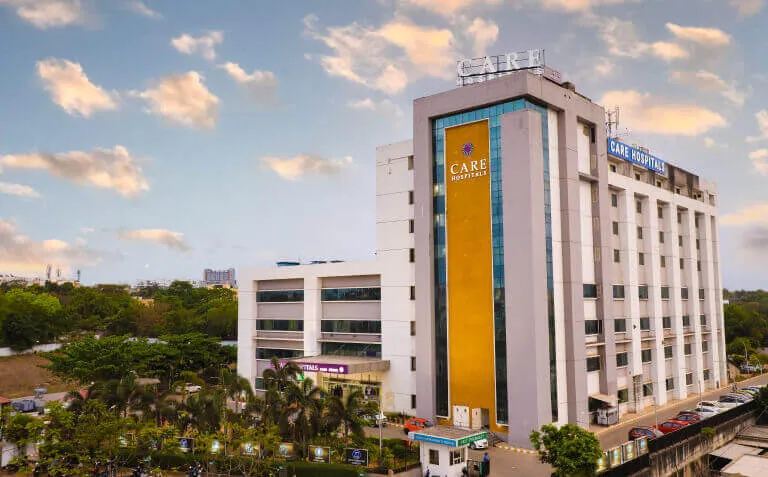
CARE Hospitals, Bhubaneswar
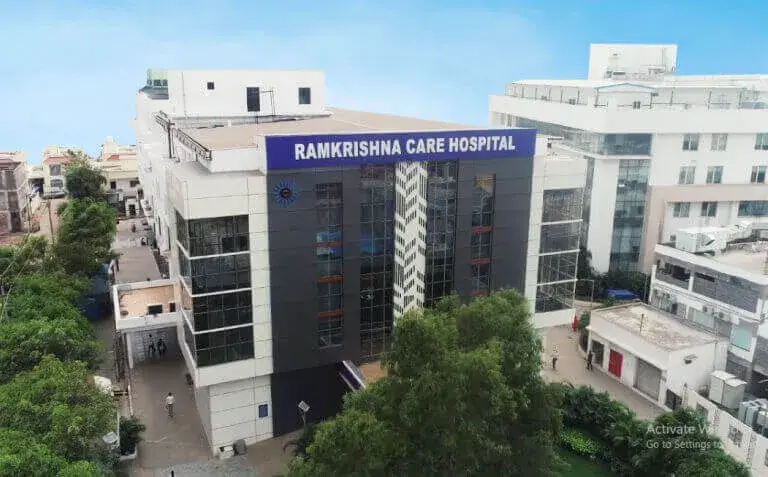
Ramkrishna CARE Hospitals, Raipur
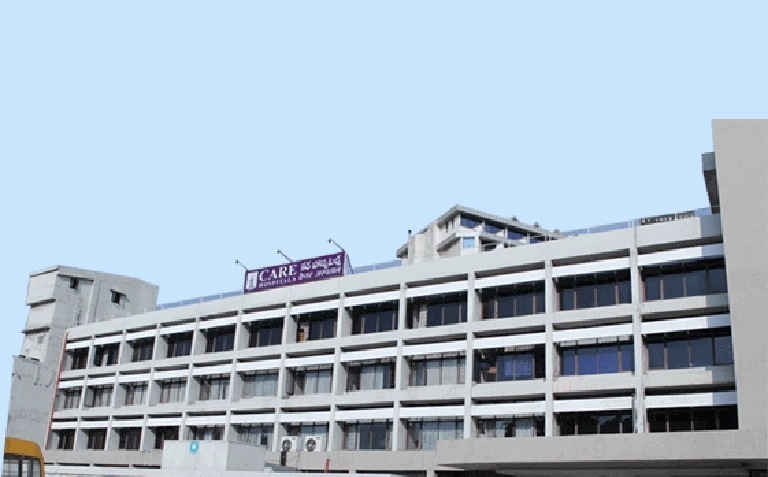
CARE Hospitals, Ramnagar, Visakhapatnam
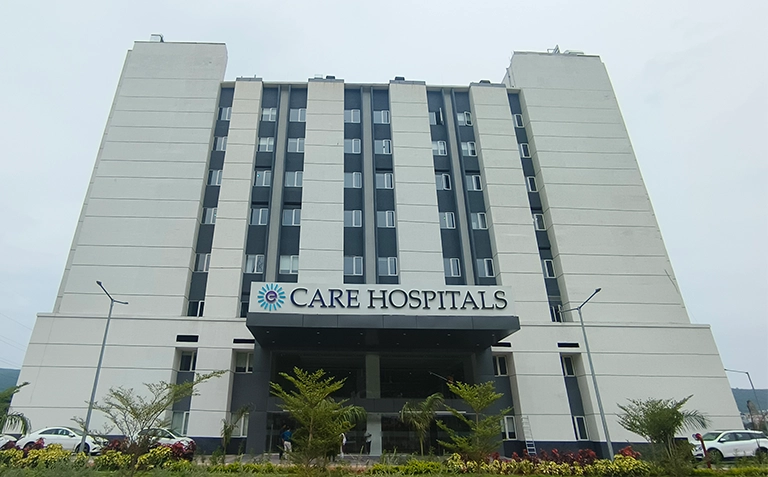
CARE Hospitals, Health City, Arilova
Related Surgeries
- Best Hospital for Spinal Fusion Surgery in Hyderabad
- Best Hospitals for Ankle Surgery in Hyderabad
- Best Hospital for Carpal Tunnel Release Surgery in Hyderabad
- Best Hospitals for Ligament Repair Surgery in Hyderabad
- Best Hospitals for Elbow Surgery in Hyderabad
- Best Hospitals for Arthroscopic Meniscal Repair Surgery in Hyderabad
- Best Hospital for Arthroscopy Surgery in Hyderabad
- Best Hospital for ORIF(Open Reduction Internal Fixation) Surgery in Hyderabad
- Best Hospital for Spine Decompression Surgery in Hyderabad
- Best Hospitals for Shoulder Arthroscopy Surgery in Hyderabad
- Best Hospital for K-Wire Fixation Surgery in Hyderabad
- Best Hospitals for Arthroscopic Knee Aspiration Surgery in Hyderabad
- Best Hospital for Bipolar Hemiarthroplasty Surgery in Hyderabad
- Best Hospital for Hemarthrosis Knee Surgery in Hyderabad
- Best Hospital for Meniscus Surgery (Meniscectomy) in Hyderabad
- Best Hospital for Proximal Femoral Nail (PFN) Surgery in Hyderabad
- Best Hospitals for Osteotomy Surgery in Hyderabad
- Best Hospitals for Arthroscopic Reconstruction Surgery in Hyderabad
- Best Hospitals for Bone Marrow Aspirate Concentrate (BMAC) Surgery in Hyderabad
- Best Hospital for Tension Band Wiring Surgery in Hyderabad
- Best Hospital for Shoulder Rotator Cuff Repair Surgery in Hyderabad
- Best Hospital for Shoulder Replacement Surgery in Hyderabad
- Best Hospital for Humerus Plating Surgery in Hyderabad
- Best Hospital for Tendon Repair Surgery in Hyderabad
- Best Hospital for Spinal Decompression Surgery in Hyderabad
- Best Hospital for Posterior Cruciate Ligament (PCL) Surgery in Hyderabad
- Best External Fixator Surgery in Hyderabad
Frequently Asked Questions
Shoulder arthroscopy is a sophisticated surgical technique where doctors treat and look at shoulder problems through tiny incisions.
Shoulder arthroscopy procedures usually finish within two hours. The actual time depends on how complex the repairs are.
Common risks cover:
- Infection and excessive bleeding
- Blood vessel or nerve damage
- Joint stiffness
- Blood clots
- Cartilage damage
Recovery typically takes six to eight weeks, sometimes longer.
Shoulder arthroscopy has proven to be generally safe.
Pain management is vital after surgery. Patients usually feel discomfort for several weeks. Doctors prescribe suitable pain medication and suggest ice therapy to reduce swelling.
Still Have a Question?
